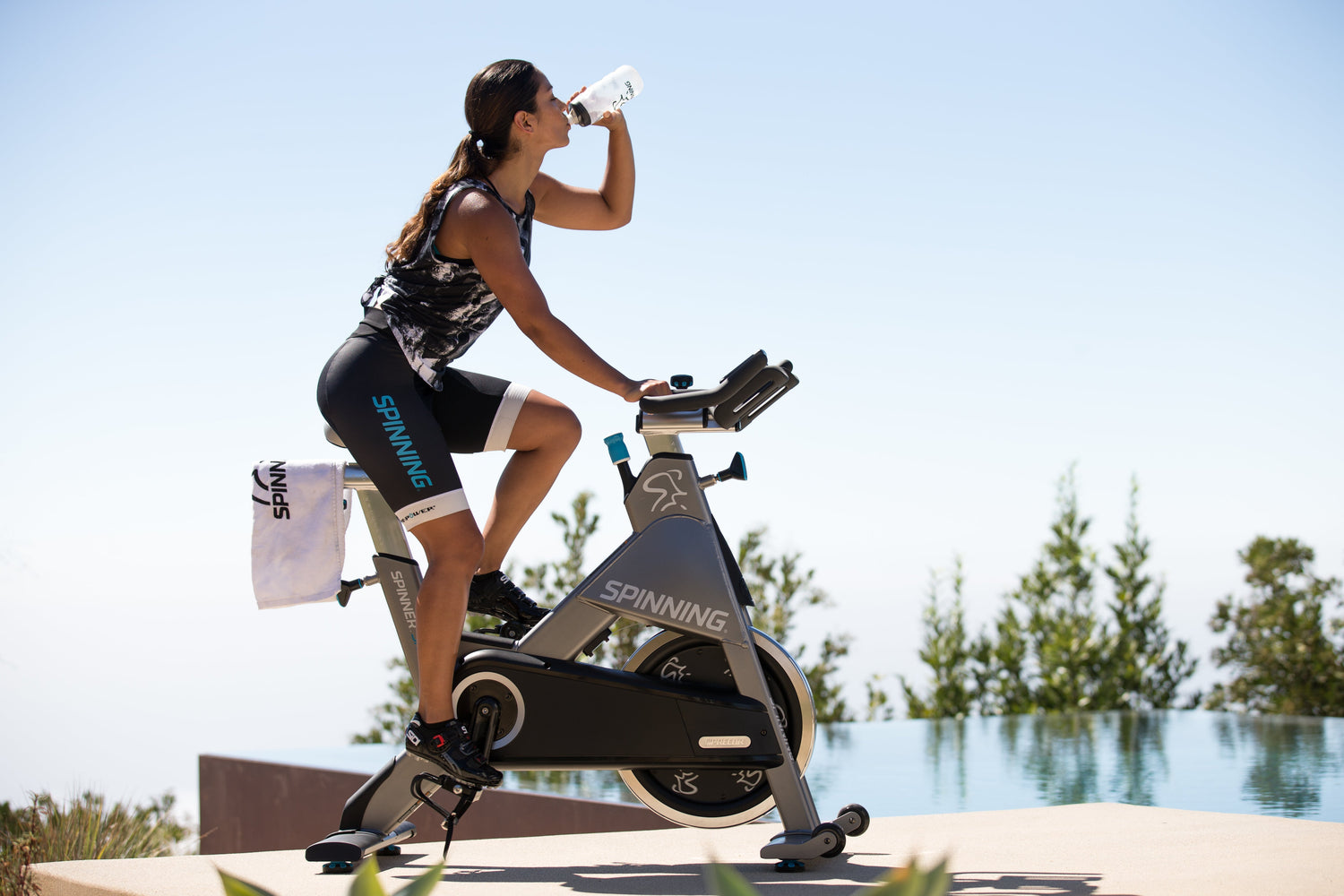We answer one of the biggest questions in indoor cycling: is it making your legs bigger? A Spinning® Master Instructor looks into the science behind this myth.
One of the most frequently asked questions I receive from students is, "Is climbing making my legs bigger?” When students ask me whether climbing will cause their legs and butt to bulk up, I give a simple explanation: to bulk up a muscle, you usually work with high loads and low RPMs, or perform a long climb with heavy resistance. There are several profiles in the Spinning® program that do include extended climbs, but by "extended," I mean for a few minutes, not hours. In Spinning® classes, the load is generally not as high as it might be during some extended outdoor climbs and at a minimum, the reps are at least 60 RPM, which is relatively high for many outdoor cyclists on long hills.
So in general, Spinning® classes will make you stronger and burn more calories. But unless your entire class is climbing, your legs won’t bulk up so that you look like a bodybuilder from the waist down.
I have determined one explanation for where this myth comes from: climbing at aerobic or high aerobic heart rates improves cardiovascular conditioning. In turn, this improved conditioning enhances the network capillary beds, which boosts blood flow to the skin and nerves at the skin's surface. This makes the skin feel more sensitive. So in response to questions about jeans getting tighter, just let them know that they were always that tight; it's just now they can finally feel how tight there are! All joking aside, this makes the point that your muscles take on the conditioning effects of the energy system that you train.
In the Spinning® program, the goal is build muscular endurance and strength by overcoming the resistance on the Spinner® bike’s flywheel. More often than not, new participants think indoor cycling means pedaling as fast as you can. But without resistance on the flywheel, you are literally spinning your wheels and not getting stronger or burning calories. One way to encourage students to embrace adding resistance or simulating a climb is by emphasizing its benefits: cardiovascular conditioning, strength and muscle tone.
So keep climbing, and above all, enjoy the ride.
This article was contributed by Dixie Douville.






Leave a comment
This site is protected by hCaptcha and the hCaptcha Privacy Policy and Terms of Service apply.